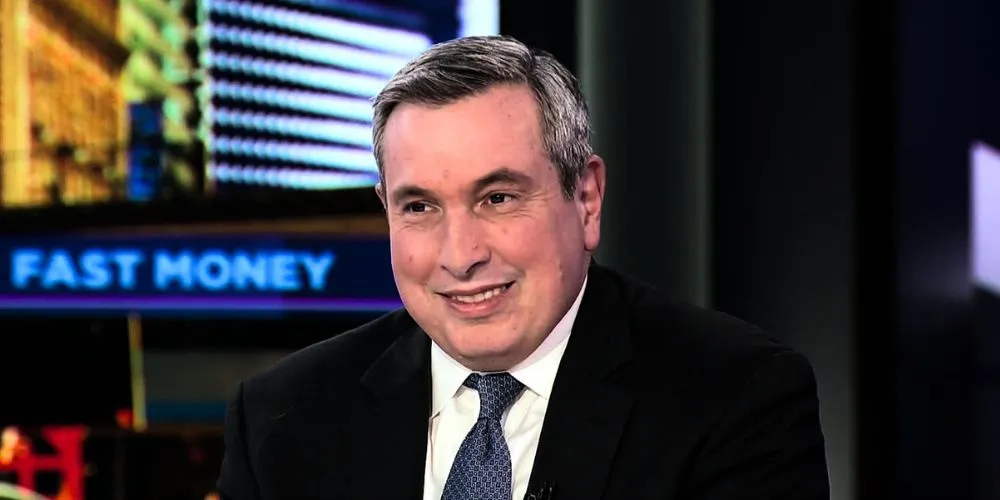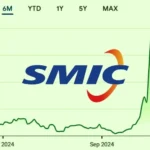According to Julian Emanuel, Senior Managing Director of Evercore ISI’s portfolio strategy team, investors may witness a substantial 17% peak-to-trough decline in stocks this year as corporate earnings are projected to fall short of optimistic expectations. Despite growing optimism about potential rate cuts from the Federal Reserve and hopes for a soft landing of the U.S. economy, Emanuel highlighted major headwinds that still loom over the stock market.
While Wall Street consensus is anticipating an 11% growth in corporate earnings for 2024, Emanuel expressed skepticism about the feasibility of this target, even if the U.S. manages to evade a slowdown. In an interview with CNBC, he emphasized that expectations are “absolutely great” concerning inflation moderation, solid earnings, and resilient growth.
Evercore ISI envisions a mild recession impacting the U.S. economy in the middle of this year, adding a layer of complexity to the outlook. Emanuel cautioned that a potential five to six rate cuts from central bankers, anticipated by the markets, might not necessarily bode well for stocks. Traditionally, steep rate cuts from central banks are associated with economic slowdowns or concerns, raising doubts about the market’s health.
Emanuel underscored that historical trends suggest such rate cuts are often deployed when economic growth disappoints to the downside. This scenario could pose challenges for stocks, especially considering that the S&P 500 and Dow Jones Industrial Average have recently reached their all-time highs.
According to Julian’s estimates, stocks in a typical non-recessionary year tend to experience a 13% peak-to-trough difference. However, he warned that 2024 the peak-to-trough spread might be steeper, potentially leading to a 16%-17% decline from the market’s highs.
Echoing Emanuel’s concerns, other voices on Wall Street have also signaled a potentially challenging year for stocks, particularly with lingering recession risks. A well-known market bear has even predicted that the S&P 500 could plunge by as much as 65%, emphasizing the cautious sentiment prevailing in some quarters of the financial markets.
As investors navigate an uncertain landscape, the trajectory of stocks in 2024 remains contingent on various factors, including economic data, central bank decisions, and the evolving corporate earnings landscape.












